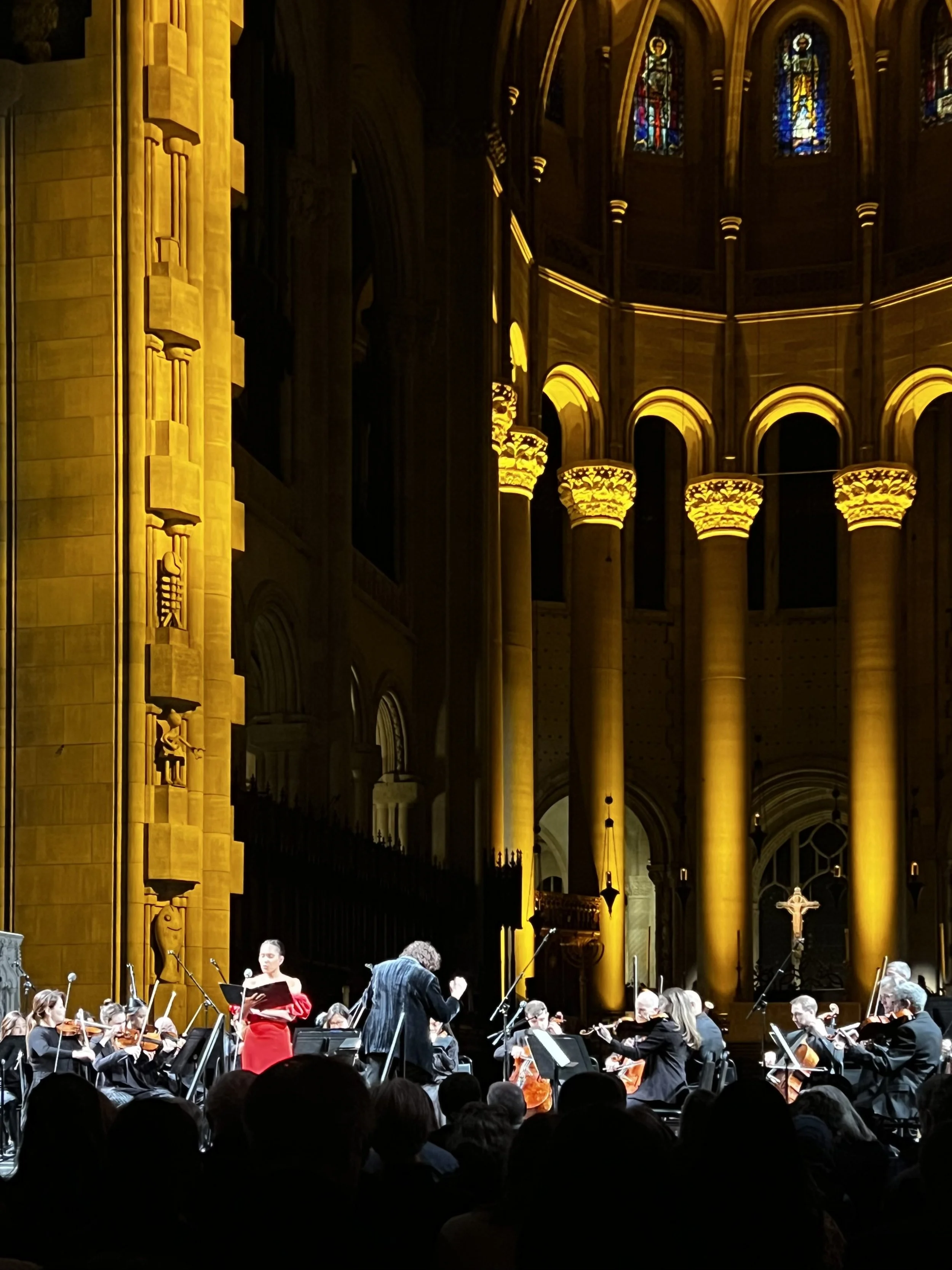by Zhenya Gershman, Artist & Art Historian
The Art of light, drama, lenses and reflections, movement, and large scale picture storytelling was not born in a movie theater, but has its roots deep in Baroque era of 1600’s. As a great filmmaker and master manipulator of light Peter Greenway points out: "The four original filmmakers were Caravaggio, Rubens, Rembrandt, and Velasquez" (we could add to this list a few more brilliant painters such as Titian, George de La Tour, and Ribera). Greenway declares “Cinema is basically a manipulation of light!"
Titian, Portrait of Alfonso d'Avalos, Marquis of Vasto, in Armor with a Page, c.1533, The J. Paul Getty Museum
Indeed the art of manipulation of light reached its height in Europe with these masters who paved the way to the future of the cinema. The breakthrough took place around the 1530’s with the Italian genius Titian who created a new formula for representation in portraiture that changed the way we look at imagery forever: he simply replaced the elaborate background, whether it may be a landscape or interior scene, with a black backdrop.
This invention of chiaroscuro (the extreme contrast between light and dark) immediately and forever shifted the emphasis from the larger environment towards the individual, human expression and storytelling achieved through facial and body language. By dropping the rest of the painting into darkness, the face became illuminated, and the viewer became captivated like a moth attracted to a flame in the dark. We get a glimpse of what it would be like to sit in a dark theater with the light reflecting back to the audience from the movie screen.
The manipulation of light brought out different signature effects in various masters virtually anticipating all genres from Film Noir to reality TV. Caravaggio enlarged the canvases so that the viewer’s field of vision was overwhelmed and absorbed by the painting, literally taking over their own reality.
Caravaggio, The Entombment of Christ, c.1603–1604, Pinacoteca Vaticana, Vatican City
Rembrandt emphasized human drama by focusing on the light source as if emanating from the subjects themselves and thus adding a spiritual dimension.
Rembrandt van Rijn, Abraham and Isaac, 1634, Hermitage, St. Petersburg
Velasquez’s contribution was the addition of the mirror and the play on reflections, forcing the viewer to accept the multiplicity of realities proposed by the art of painting (think of the early constructivists of the 20th century experimenting with reflections and lenses).
Diego Velasquez, Las Meninas, 1656, Museo del Prado, Madrid
Rubens brought sensuality and tactility to its height by playing with the way light reflects from bare skin – the original “rated R” films.
Peter Paul Rubens, Jupiter and Callisto, 1613, Museumslandschaft of Hesse in Kassel
Perhaps the most fascinating aspect that all of these artists have in common is that they created paintings that “move” – nothing is static, with figures in mid-motion, inviting the on-looker to complete the scene in their mind and thus literally animating the stories. Filmmakers today still use “Rembrandt” lighting and there is much more that we can learn by turning back to the roots of cinema that lies centuries before the actual film camera was used, but rather captured through the camera of one’s eye and the framing of the world through paint.






